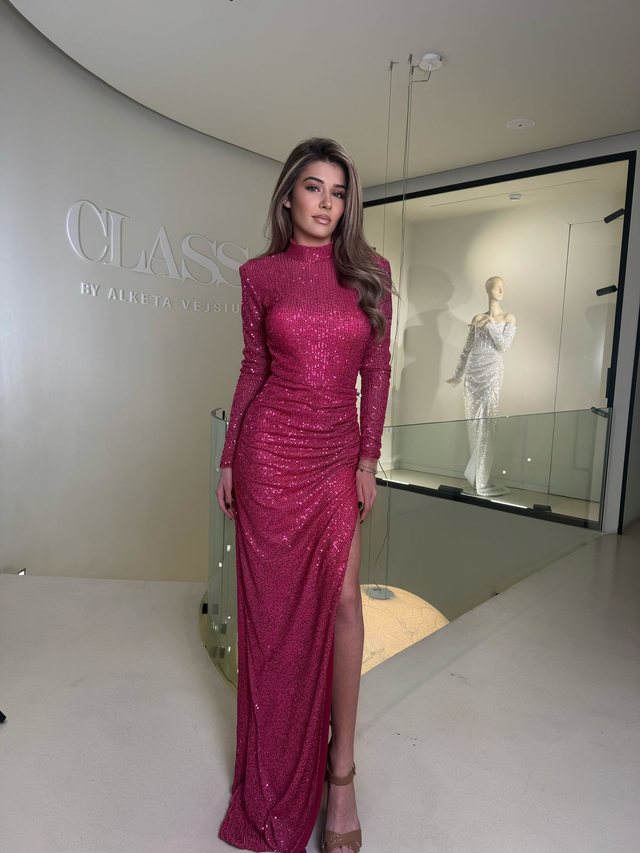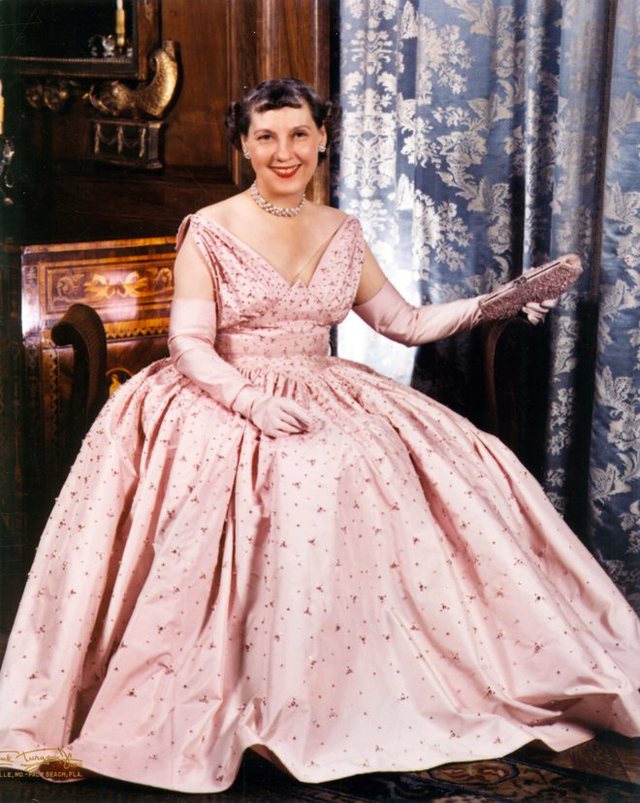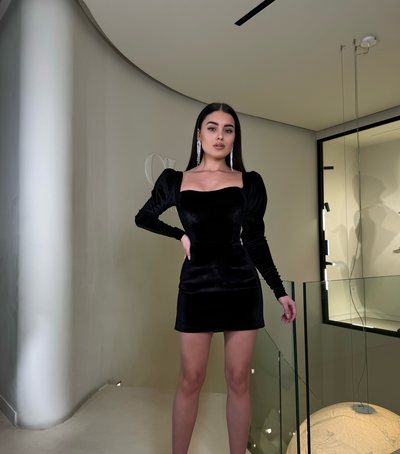
In 1927, Time magazine conducted a survey of all the major department stores in the country to find out what colors they associated with girls in their clothing lines. The responses were mixed. A 1918 catalog even suggests that little girls should wear blue, as it is a delicate and graceful color.
This is Jennifer Wright, an author and writer who often covers history and fashion for Racked. It wasn't until after World War II that the color pink would gain the kind of symbolism we know today.
In 1953, Dwight Eisenhower, the general who won World War II, became President. As it turns out, this was a defining moment in the history of pink. At his inauguration, Mamie Eisenhower appeared in a magnificent ball gown, adorned with rhinestones—something you wouldn't have seen during the war, when women dressed in much simpler styles.

Mamie Eisenhower loved the color pink, and it was a well-known fact. She believed that pink brought out her natural beauty, while her blue eyes created a pleasing contrast. In fact, if you do a quick search of newspaper headlines of the time, you’ll notice that her name was often associated with the color pink—she was even called “Mamie’s Pink.” She often humorously declared, “Ike runs the country, while I flip the pork chops.”
But this was an arbitrary decision—Mamie simply liked pink, and others decided that it would be the right color for women. Black was put aside, blue was forgotten—the color that had dominated women’s clothing during the war. It was during this period that pink became a popular choice not only in women’s fashion, but also in home decor.
For many women, this was not seen as oppressive, but there were others, like Diana Vreeland, who did not want to return to traditional roles. Thus, pink came to symbolize women who were anything but traditional.
A great example is the stock car racing champion, Donna Mae Mims, who had a pink uniform, a pink helmet, and a pink race car.
Another powerful example is the cover of People magazine, where Hillary Clinton appears in a bright pink jacket and underneath it is written: “We must break the high and difficult boundaries.” In this way, she does the opposite of what Mamie Eisenhower represented.
This isn't just about the color pink, but how it's used to define an individual's personality and our perception of their abilities. Hillary Clinton wants to show that, despite everything, at the end of the day, she's just a girl—just like you.
Source - VOX: https://www.youtube.com/watch?v=KaGSYGhUkvM
Photo 1: IG - Class by AV
Photo 2: FB - US National Archives





